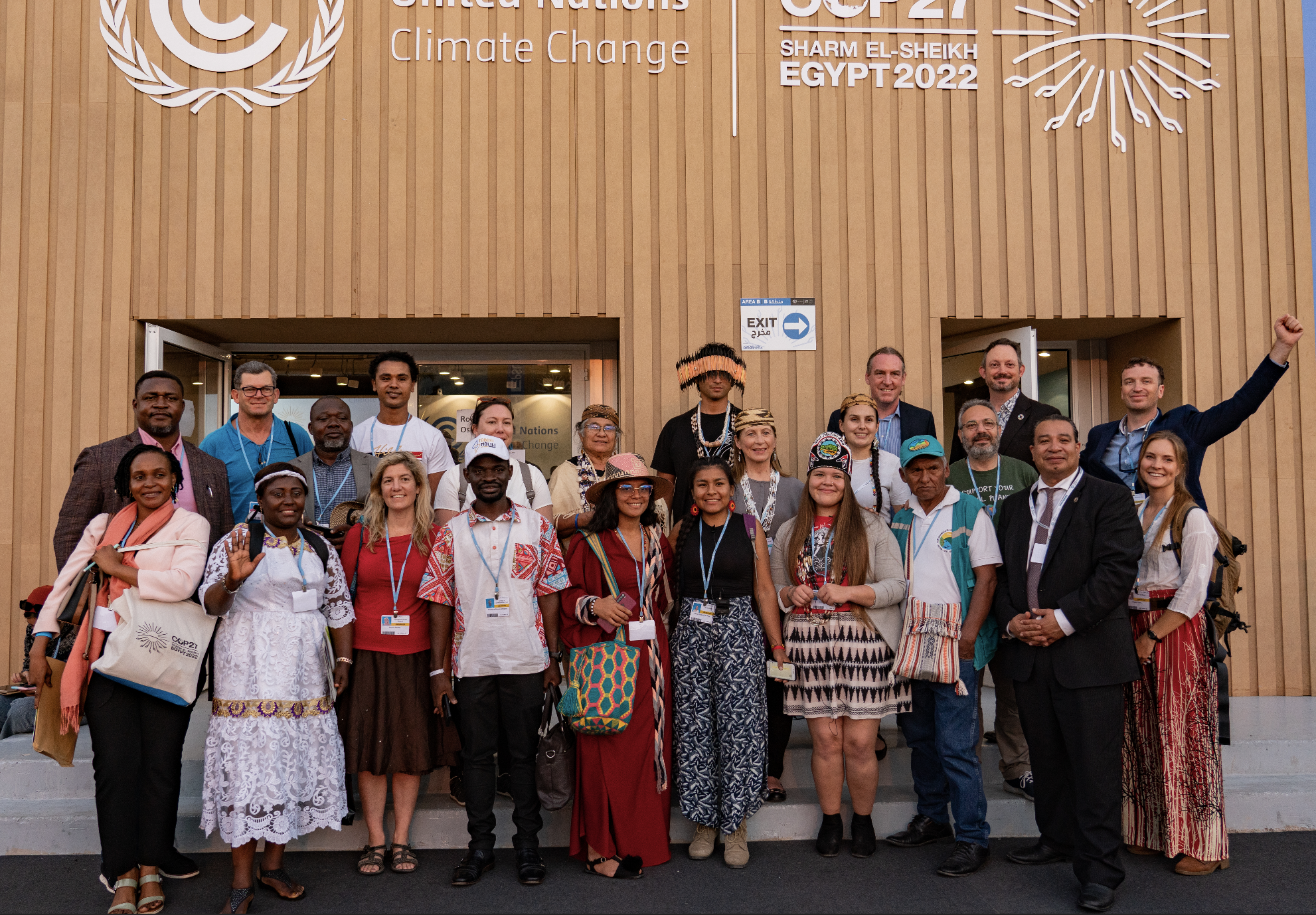A Year in Review
2022
COP 27 | November
Supporting Bolivian indigenous river defenders to attend that conference and present their experiences with extractivism in indigenous ancestral territories with other river defenders from around the world. Click “Learn More” to read our blog on COP27.
Partners: the Manco (the Commonwealth of the Beni River Basin Indigenous Communities), Ríos to Rivers, International Rivers
Amazonian River Youth Exchange Program | October
Bringing 28 individuals from nine indigenous communities and twelve threatened rivers in North and South America together to learn, share, and have fun on the river. The 3-week exchange had three main pillars: 1. Whitewater rafting, kayaking, and packrafting training, 2. River stewardship and advocacy curriculum, 3. Documentary filmmaking and social media training. A short film is currently being produced about the exchange.
Partners: the Manco, Ríos to Rivers, California Watersport Collective, Natives Outdoors, Columbia Gorge Junior Kayak Club.
Sponsors: Northwestern River Supply (NRS), Werner,
Bolivia-Brazil Indigenous Dam-Awareness Exchange | June
Bringing 20 indigenous members from communities throughout the Beni River Basin to dam sites in Brazil and northern Bolivia to see with their own eyes what a dam is, and hear from impacted communities. ARA Bolivia is proud to have raised the funds to completely cover the costs of this journey.
Partners: the Manco
Researcher Pablo Villegas explains the impacts of mercury poisoning (photo: ARA Bolivia)
A researcher cuts a sample of hair from a community member in San Jose de Uchupiamonas to measure the concentration of mercury. (photo: ARA Bolivia)
Ongoing Mercury Contamination Study by CEDIB
Visiting communities along the Beni, Tuichi, and Quiquibey Rivers to deliver the results of the samples taken last year, inform about the dangers of mercury and how to mitigate contamination, and collect hair samples for further study. ARA Bolivia supported with audio-visual documentation of this portion of the study.
Partners: the Manco, CEDIB (Center for Information and Documentation of Bolivia)





